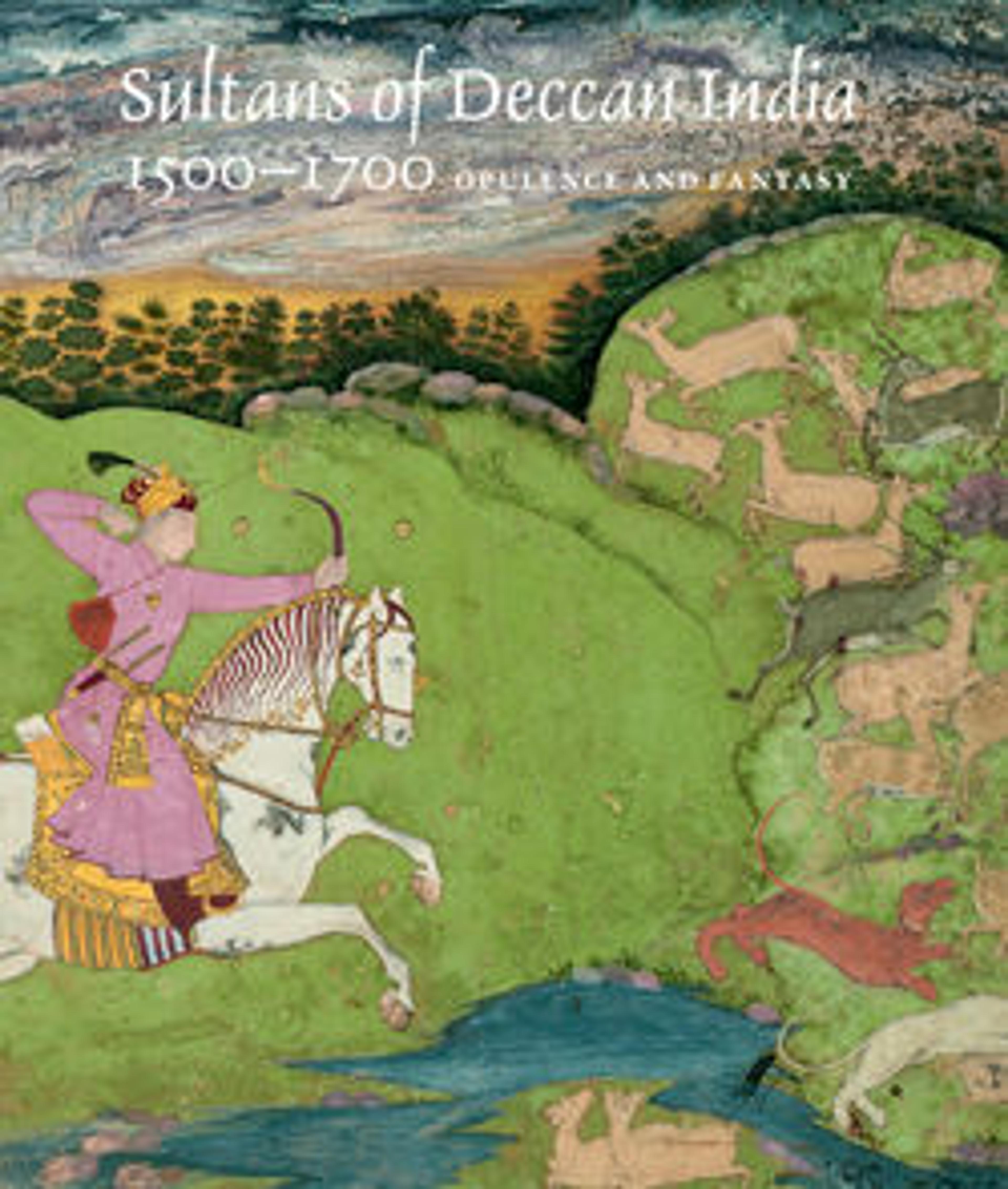Lacquered Pen Box (Qalamdan)
The artist Manohar, who has signed his name next to the two lovers at the top of the lid, has adorned this box with a mix of images: the woman holding a tree is taken from ancient Indian sculpture, some figures have been borrowed from European pastoral scenes, and others are derived from Iranian miniatures.
Artwork Details
- Title: Lacquered Pen Box (Qalamdan)
- Maker: Manohar (active ca. 1582–1624)
- Date: late 17th–early 18th century
- Geography: Possibly made in Deccan or Northern India
- Medium: Papier-maché; painted, gilded, and lacquered
- Dimensions: H. 1 3/16 in. (3 cm)
L. 9 1/8 in. (23.3 cm)
D. 1 1/2 in. (3.8 cm) - Classification: Lacquer
- Credit Line: Cynthia Hazen Polsky and Leon B. Polsky Fund, 2002
- Object Number: 2002.416a, b
- Curatorial Department: Islamic Art
More Artwork
Research Resources
The Met provides unparalleled resources for research and welcomes an international community of students and scholars. The Met's Open Access API is where creators and researchers can connect to the The Met collection. Open Access data and public domain images are available for unrestricted commercial and noncommercial use without permission or fee.
To request images under copyright and other restrictions, please use this Image Request form.
Feedback
We continue to research and examine historical and cultural context for objects in The Met collection. If you have comments or questions about this object record, please contact us using the form below. The Museum looks forward to receiving your comments.
